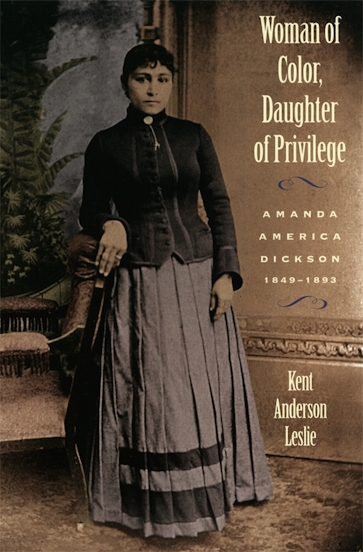Second Biennial: Interdisciplinary Conference on Race – Examining Race in the 21st CenturyPosted in Live Events, New Media, Social Science, United States on 2010-06-25 21:58Z by Steven |
Second Biennial: Interdisciplinary Conference on Race – Examining Race in the 21st Century
2010-11-11 through 2010-11-13
Monmouth University, West Long Branch, New Jersey
The idea of race continues to be controversial. In spite of different historical developments in various parts of the world, the meaning of race and its significance remains an open issue.
Some of the questions this conference will address are:
- Why do the issues that surround race continue to be important?
- Is race a useful construct?
How are systems of racial classification and identity manifested in social institutions and relationships?
We seek individual papers, panels, workshops, and posters that can include but are not restricted to the following topics:
- Race and identity in different cultures
- Race, gender, ethnicity, color, and class
- Race in the Obama era
- Race and diversity in higher education
- The concept of post-racialism in history and society
- Race and popular culture
- Race and urbanization
- Race change[s]: Racial formation, then and now
- Race and identity in local and global perspective
- Race, continuity, and change
- Implications of racial discourse
- Race and ethnicity: similarities and differences
- Race and power
The deadline for the submission of abstracts is 2010-08-30.
For more information, click here.
